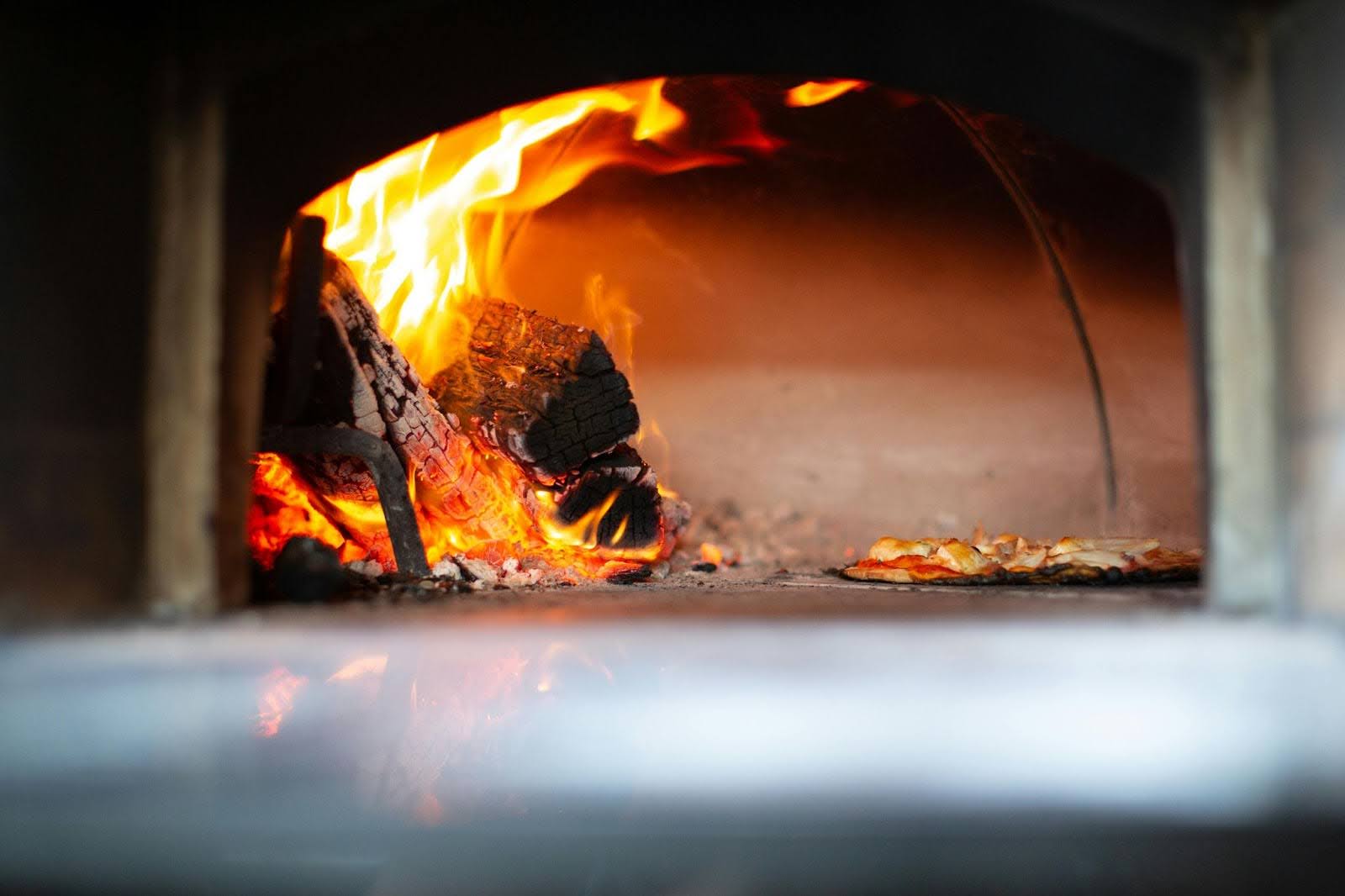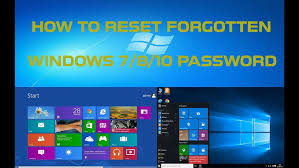Big Mumbai: The Mega Metropolis of Dreams, Growth, and Opportunity

Mumbai, often referred to as the “City of Dreams,” has seen extraordinary growth in population, infrastructure, and cultural diversity. But when people talk about “Big Mumbai“, they’re referring to something even more expansive—a term that encapsulates not just the city proper, but the sprawling urban and suburban regions surrounding it. Big Mumbai includes Mumbai City, Mumbai Suburban District, Navi Mumbai, Thane, and parts of Palghar and Raigad districts.
From being the financial capital of India to becoming a cultural melting pot, Big Mumbai plays a pivotal role in the country’s economy, infrastructure, and global identity. In this article, we’ll delve into what makes Big Mumbai such a significant region, its history, urban challenges, opportunities, and what the future holds.
Understanding Big Mumbai
What Is Big Mumbai?
The term Big Mumbai doesn’t denote a specific legal boundary but a broader socio-economic and urban concept. It refers to the Greater Mumbai Metropolitan Region (MMR), which spans over 6,328 square kilometers, making it one of the largest urban agglomerations in the world.
The key components of Big Mumbai include:
- Mumbai City and Suburbs: Colaba, Dadar, Andheri, Bandra, etc.
- Navi Mumbai: A planned satellite city developed by CIDCO.
- Thane: A rapidly developing residential and industrial hub.
- Mira-Bhayandar, Vasai-Virar: Popular for affordable housing and emerging infrastructure.
- Panvel and Kalyan-Dombivli: Key growth areas with excellent connectivity.
Economic Powerhouse of India
Big Mumbai contributes more than 6% of India’s GDP, making it the most economically significant region in the country. It hosts:
- Mumbai Stock Exchange (BSE) and National Stock Exchange (NSE).
- Headquarters of major multinational corporations and Indian conglomerates like Reliance Industries, Tata Group, and Aditya Birla Group.
- Leading Bollywood studios, television networks, and media houses.
The port and shipping industry, real estate, manufacturing, and the service sector also add significantly to its economy.
Cultural Diversity and Social Fabric
Big Mumbai is home to over 26 million people from different regions, religions, and linguistic backgrounds. This diversity is reflected in the city’s festivals, food, architecture, and daily life.
From the bustling lanes of Crawford Market to the serene coasts of Palm Beach Road in Navi Mumbai, the contrast and coexistence of old and new define the spirit of Big Mumbai.
Languages spoken include Marathi, Hindi, Gujarati, English, Tamil, and Urdu, among others. Celebrations like Ganesh Chaturthi, Eid, Diwali, and Christmas are shared across communities.
Infrastructure and Urban Planning
Urban planning in Big Mumbai apk is one of the most challenging tasks for any civic body due to the massive influx of people, limited land, and rising demand for housing and transportation.
Recent and ongoing infrastructure projects include:
- Mumbai Metro lines: To reduce the burden on suburban trains and improve east-west connectivity.
- Coastal Road Project: Aimed at reducing traffic congestion in south Mumbai.
- Mumbai Trans Harbour Link (MTHL): Connecting Sewri in Mumbai to Nhava Sheva in Navi Mumbai.
- Navi Mumbai International Airport: Set to be a game-changer for global connectivity.
These projects aim to redefine accessibility across Big Mumbai and push it toward becoming a global megacity.
Real Estate and Housing Trends
Big Mumbai’s real estate market caters to a wide range of buyers—from luxury skyscrapers in Worli and Bandra to affordable homes in Thane and Panvel.
Trends:
- Vertical Development: Due to limited land, high-rise living is now the norm.
- Gated Townships: Growing in Navi Mumbai, Kalyan, and Dombivli.
- Smart Cities: Projects in Panvel and Taloja incorporate modern infrastructure, surveillance, and green zones.
Despite its promise, affordability and slum rehabilitation remain key challenges for housing authorities.
Transport and Connectivity
Big Mumbai has one of the most complex and integrated transportation systems in India.
- Local Trains: Lifeline of the city, carrying over 7 million passengers daily.
- Metro Rail: Operational and under-construction routes connecting key corridors.
- BEST Buses and NMMT: Covering last-mile connectivity.
- Road Networks: Expressways, flyovers, and bridges like the Bandra-Worli Sea Link.
The introduction of app-based taxis, shared autos, and bike rentals is enhancing last-mile travel, making the region more commuter-friendly.
Challenges Facing Big Mumbai
Despite its many strengths, Big Mumbai faces several persistent issues:
- Overpopulation: Leading to housing crunch, traffic congestion, and strain on public services.
- Pollution: Air and water pollution are growing concerns.
- Flooding: Especially during monsoons due to outdated drainage systems.
- Unplanned Growth: Certain pockets are witnessing haphazard development without supporting infrastructure.
- Waste Management: Massive daily generation of solid and e-waste requires smarter solutions.
Solving these challenges is key to ensuring the sustainable future of Big Mumbai.
The Future of Big Mumbai
Urban planners and policymakers envision Big Mumbai as a sustainable, inclusive, and smart megacity by 2035. With projects like Mumbai Metro expansion, coastal roads, affordable housing, and IT hubs in Navi Mumbai, the region is on its way to becoming a world-class metropolis.
The integration of green technologies, digitized governance, and citizen participation is expected to play a pivotal role in shaping this future.
FAQs About Big Mumbai
Q1: Is Big Mumbai the same as Mumbai City?
No. Mumbai City typically refers to the island city and its immediate suburbs, while Big Mumbai includes the Greater Mumbai Metropolitan Region covering areas like Navi Mumbai, Thane, Mira-Bhayandar, Kalyan-Dombivli, and more.
Q2: What is the population of Big Mumbai?
As of the latest estimates, Big Mumbai has a population of over 26 million people, making it one of the most densely populated urban regions in the world.
Q3: Why is Big Mumbai important for India?
Big Mumbai is India’s financial, commercial, and entertainment capital. It contributes significantly to the country’s GDP, offers job opportunities, and serves as a global business hub.
Q4: What are the best residential areas in Big Mumbai?
Some popular residential areas include:
- Bandra and Andheri (luxury and mid-range)
- Thane and Navi Mumbai (affordable and spacious)
- Panvel and Dombivli (budget-friendly with future growth potential)
Q5: What are the major transportation projects in Big Mumbai?
Key projects include:
- Mumbai Metro Phase 2 and 3
- Mumbai Trans Harbour Link (MTHL)
- Navi Mumbai International Airport
- Coastal Road and sea links
Q6: Is Big Mumbai safe to live in?
Yes, generally. While like any large city, it has areas that require caution, most of Big Mumbai is considered safe, with strong police presence and active community initiatives.
Conclusion: The Ever-Growing Spirit of Big Mumbai
Big Mumbai is not just a geographical expansion; it is a symbol of growth, diversity, resilience, and ambition. It represents the dream of millions who come seeking better lives, careers, and opportunities. With mega infrastructure projects, booming real estate, and a culturally rich backdrop, Big Mumbai continues to be a magnet for talent, business, and tourism.



